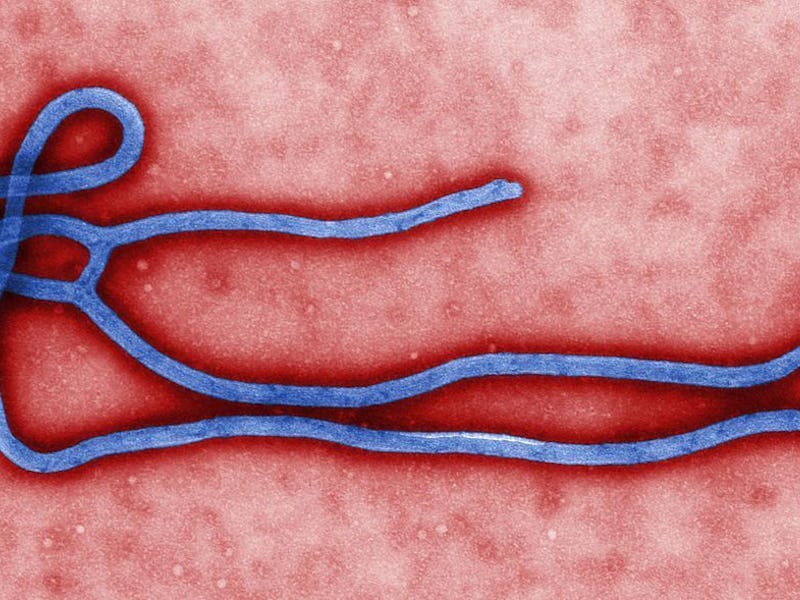Scientists Plan to Bring Back a Giant Zombie Siberian Virus
If the permafrost melts, more viruses could be unearthed.

An ancient giant virus has been uncovered in Siberia’s slowly unfreezing permafrost, and scientists want to bring it back to life.
There’s no guarantee the 30,000-year-old virus, Mollivirus sibericum, will be pathogenic — but that’s not the point. The reason the researchers, hailing from France’s National Center for Scientific Research, are so eager to bring it back is to investigate what could happen if — or when, at this rate — the Arctic and sub-Arctic regions defrost completely.
It’s no secret that these areas are already bearing the effects of climate change. The so-called “permafrost” isn’t quite permanently frozen anymore, and scientists like Jean-Michel Claverie, who led the discovery of the giant virus, want to be prepared for the ancient pathogens that climate change might defrost.
Digging up these newly thawed areas — say, to reap its untouched stores of minerals and oil — might unearth more of these viruses, more quickly. The Siberian region where the virus was found has been eyed for its resources.
Claverie’s team, describing their findings in the Proceedings of the National Academy of Sciences, plans to bring M. sibericum back from the dead by injecting it into a single-cell ameoba host. It’s the fourth such giant virus — that is, longer than one one-thousandth of a millimeter — that’s been found in the region.
“The fact that two different viruses retain their infectivity in prehistorical permafrost layers should be of concern in a context of global warming,” the authors wrote. While we don’t know whether they’ll be harmful, we do know more of these ancient bugs will be unearthed if we don’t do what it takes to keep the permafrost permanently frosty.